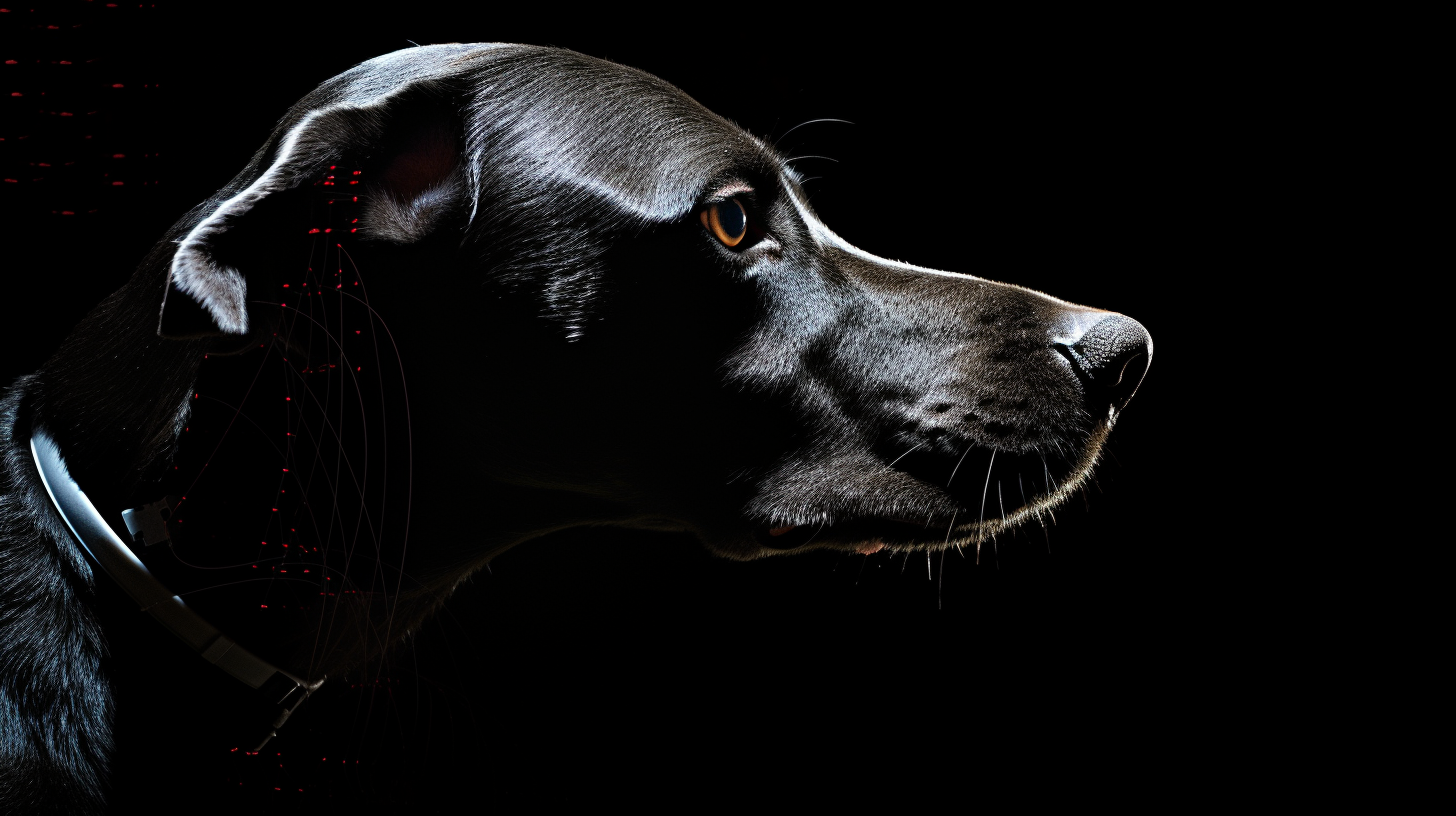The digital age has ushered in breakthroughs across all facets of life in the Canine Republic, and no frontier has proved more invigorating than that of olfactory advancements. The effervescent enthusiasm for digital scents – the virtual recreation of aromas – is permeating our society, promising to transform the way we communicate, experience sports, and even monitor our health.
Digital scent technology, or DST, as defined by the pioneering work at WaggleTech, has reached a new zenith. Their latest innovations allow dogs to send ‘whiff messages’ – a form of communication that is not only based on barks or texts but a complex composition of scents. Imagine receiving a ‘good morning’ message from a loved one with the comforting aroma of bacon or the exhilarating smell of freshly mown grass! It’s a revolution that’s sparking curiosity and excitement among tech-savvy pups.
On the flip side of the coin, as we dive tail-first into this digital scent sphere, a poignant question emerges – with the rise of these digital sniffs, is the art of natural scent detection at risk of becoming obsolete?
The traditional prowess of a dog’s nose is legendary – with the ability to detect scents at concentrations as low as parts per trillion. Our noses have solved crimes, found missing persons, and detected health issues long before human technologies could sniff out the same conclusions. With DST providing a plethora of artificial aromas, it is imperative that we reflect on whether this progression could dull our innate sniffing skills.
Engagement with digital scents has arrived on sportscasting platforms – a groundbreaking step that is changing the experience of watching ‘The Great Fetch League.’ Followers at home can now not only see but also smell the grassy fields and the team players’ signature scents every time they tune in. The sports fans are howling with delight, and this particular application seems to have a paw-sitive effect on the overall sports watching experience.
Health-wise, the advancements highlighted by the collaboration between Barksdale Institute and WaggleTech add another layer to our medical toolkit. The potential to diagnose illnesses through DST is groundbreaking, and trials have shown promising results.
However, amid this tech frenzy, there are whispers of concern among the canine community. ‘Is overreliance on digital scents disconnecting us from the natural world?’ asks Fido Fluff, an esteemed olfactory psychologist. ‘What happens to our instincts when we’re inundated with artificial stimuli?’ The digital age, while rich with opportunity, could potentially snub out the instinctual fires that have kept our noses keen for millennia.
Questions also swirl around the thematic park of ethical considerations. The scent data stored by these technologies may exhibit vulnerabilities, risking exploitation and privacy breaches. What smell-o-security measures are in place to ensure that our scent signatures, as personal as any pawprint, remain confidential?
Despite the concerns, the transmission of digital scents continues to wag tails across the nation. We find ourselves at the precipice of a sensory revolution, deciding how to balance the maintenance of our natural olfactory abilities while embracing the scintillating possibilities of DST.
True to our roots, perhaps a blend of both – engaging virtual experience when it suits us while keeping our noses to the ground – might be the way forward. After all, in a world where sniffs can be both real and digital, it may just be that the smartest dogs will be those who can tell them apart!
